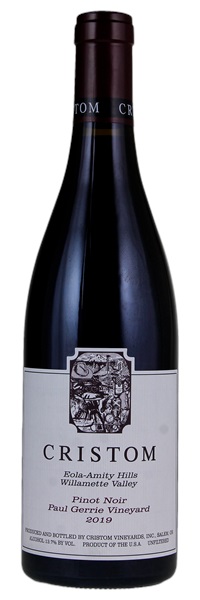Estimate

...combines power and precision...pleasant touch of sweet balsamic, with Morello cherries, bergamot and loamy earth...medium-bodied palate is surprisingly intense, all that powerful fruit accented by swirls of savory and spicy nuance. It flows through the mouth with a silky, weightless texture and finishes very long and layered.
A perfumed nose of violets, wild raspberries, lemon zest, red tea, cinnamon stick and crushed stones. It’s medium-bodied with sleek, seamless tannins and fresh acidity. Very fine and precise. Minerals and gently bitter tea notes on the finish.
Tangerine and red plum fruit flavors explode on the palate, with ample acidity and a touch of fresh green herbs.